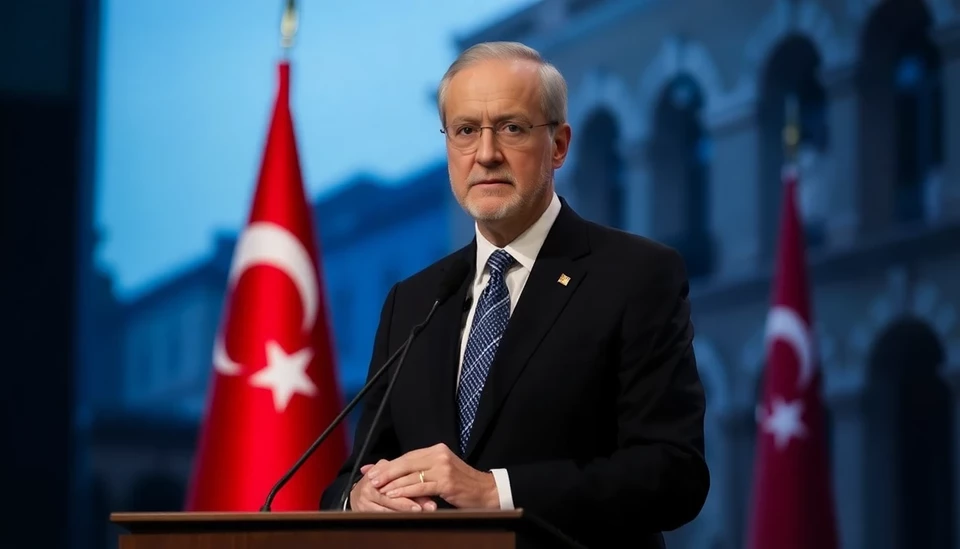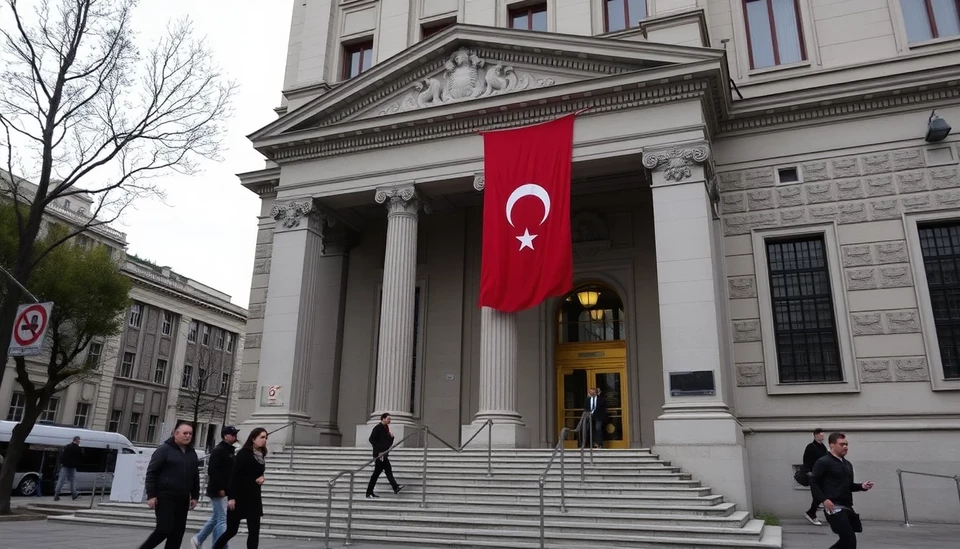
Turkey is witnessing a notable economic rebound as the nation emerges from a recession. Recent data has shown that indicators such as consumer spending and industrial production are on the rise, signaling a reawakening in economic activity. This uptick comes at a crucial time as the central bank of Turkey has embarked on a cycle of interest rate cuts, aimed at stimulating growth and increasing liquidity in the economy, a strategy employed in response to mounting pressures from both domestic issues and international market dynamics.
After grappling with economic contraction for several quarters, the country's Gross Domestic Product (GDP) has seen a turnaround with a reported growth rate surpassing analysts’ expectations. Economists attribute this resurgence to the combination of government incentives, rising consumer confidence, and an active push from the central bank to lower borrowing costs. The strategic lowering of interest rates is intended to encourage businesses to invest and consumers to spend, effectively reigniting the engines of the Turkish economy.
In the past year, Turkey's economic landscape has been fraught with challenges, including high inflation rates and currency volatility. However, the recent shift in monetary policy coincides with a broader global trend where central banks are reassessing their rates to support growth post-pandemic. Analysts are closely monitoring the outcomes of these monetary adjustments, as they believe the ripple effects could significantly alter Turkey's economic sectors, including manufacturing and services.
Observers have noted a marked increase in consumer expenditures since the introduction of lower interest rates. Many consumers are now more inclined to make big-ticket purchases, ranging from home appliances to automobiles, stimulating demand across various markets. Furthermore, the construction sector, vital for employment and economic growth, is also anticipated to benefit significantly from this renewed consumer enthusiasm and improved funding conditions, as financing becomes more accessible.
The Turkish government is optimistic about this recovery trajectory, highlighting ongoing structural reforms aimed at enhancing productivity and competitiveness. However, potential risks remain, including geopolitical tensions and global economic uncertainties that could impact Turkey’s growth momentum. Policymakers are tasked with ensuring that the recovery does not merely rely on rate cuts but is supported by sustained improvements in investments and exports.
Beyond the immediate economic implications, the social fabric of the country is also under scrutiny as rival political factions vie for control during this critical juncture. How well the government manages to balance the growth narrative while addressing socio-economic concerns will be crucial in influencing future elections and policy decisions. The resilience displayed by the Turkish economy amidst such complexities offers a narrative of hope but also serves as a reminder of the volatility that can accompany economic recovery.
As countries worldwide continue to navigate the pandemic’s lasting legacy, Turkey stands at a pivotal intersection of opportunity and challenge. The comming years will be crucial for tracking the implications of these policy changes on both the economy and the populace.
#TurkeyEconomy #EconomicRecovery #RateCuts #GDPGrowth #InterestRates #ConsumerSpending #Inflation #MonetaryPolicy #EconomicGrowth
Author: Rachel Greene




